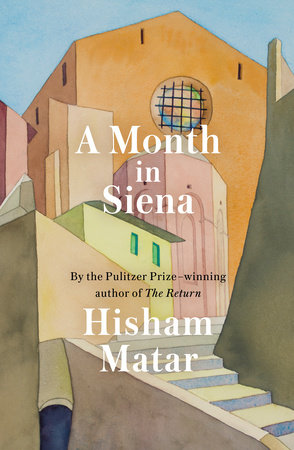What It Might Mean to Truly See

Yesterday I started reading A Month in Siena, by Hisham Matar, and I’m already loving it so much that I’m feeling a little giddy! Not just because there was a time when I spent quite a lot of time in Siena, but also because he writes about looking at the same piece of art, over and over, for an hour or more each time, which is what I do when I really want to “see” a piece of art.
Matar says, “A picture changes as you look at it and changes in ways that are unexpected. I have discovered that a painting requires time. Now it takes me several months and more often than not a year before I can move on. During that period the picture becomes a mental as well as a physical location in my life.”
It’s like that for me too!
Matar is fascinated is with certain works from the Sienese School of painting. He writes, “I cannot say that they gave me pleasure. Yet I kept, almost against my own intentions, returning to them. I would often look and quickly pass. They left me feeling unprepared and in need of translation. They stood alone, neither Byzantine nor of the Renaissance, an anomaly between chapters, like the orchestra tuning its strings in the interval.
“This curiosity has deepened over the past two and a half decades. The colors, delicate patterns and suspended drama of these pictures gradually became necessary to me. Every few months I go to the National Gallery in order to look once more at Duccio di Buoninsegna’s The Annunciation or The Healing of the Man Born Blind.

“The seeing, who include Jesus, his audience and the version of the blind man now healed, sedately occupy the lower half of the painting. They are contrasted by the playful and brightly crisp activity in the upper half of the picture, where a hopscotch of arches and windows, peering into empty spaces, stare openly. They seem to be deliberately leading one’s gaze away from the human activity below.
“It is in that direction, upward, that the second representation of the blind man, the one still visually impaired, is facing. It is a painting that is questioning and ironic about what it might mean to truly see. It is not definite about the answer. It has always, and throughout all the many years that I have been returning to The Healing of the Man Born Blind, seemed to be a space of doubt.
“If I am away from London for any significant period of time, there inevitably comes the moment when I must search in the local museums for something from the Sienese School…
“To look closely at their work is to eavesdrop on one of the most captivating conversations in the history of art, one concerned with what a painting might be, what it might be for, and what it could do and accomplish within the intimate drama of a private engagement with a stranger.”
Ah, another mystery!
***
The Healing of the Man Born Blind, by Duccio di Buoninsegna, courtesy of The National Gallery, London.
